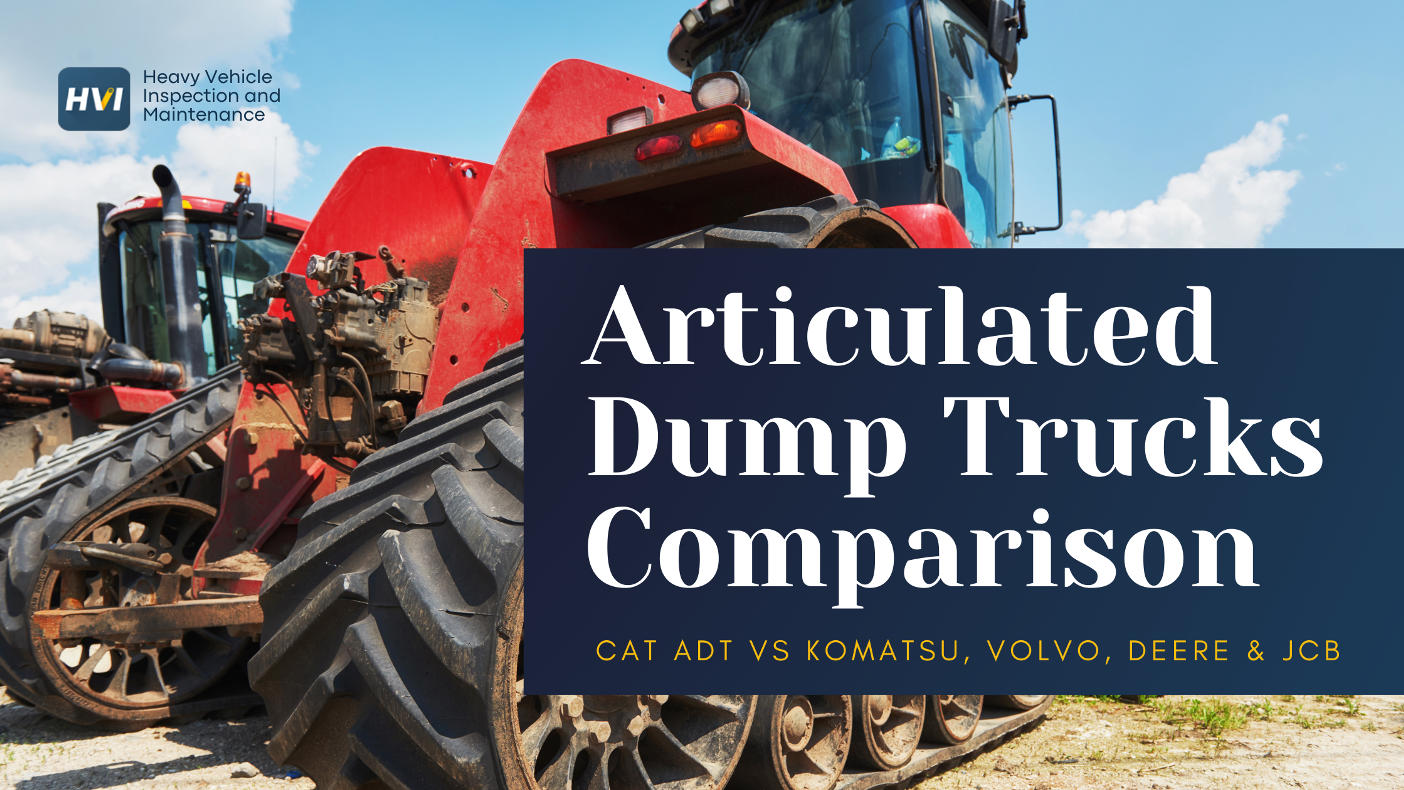Selecting the highest rated synthetic motor oil can reduce fleet maintenance costs by $45,000-$85,000 annually while extending engine life by up to 85% compared to conventional oils. With American fleets consuming over 450 million gallons of synthetic oil yearly and facing average engine replacement costs of $15,000-$35,000, choosing top-rated synthetic formulations isn't just about performance—it's about maximizing return on investment through superior protection, extended drain intervals, and proven reliability across demanding operational conditions.
This comprehensive analysis reveals the highest rated synthetic oils based on independent laboratory testing, fleet performance data, and real-world durability assessments spanning millions of operational miles. More importantly, it provides fleet managers and maintenance professionals with actionable selection criteria for matching premium synthetic oils to specific operational requirements, ensuring optimal protection while minimizing total cost of ownership across diverse equipment portfolios.
Premium Synthetic Oil Performance Metrics
Ready to Upgrade Your Fleet to Premium Synthetic Protection?
Discover professional solutions for synthetic oil selection and fleet optimization.
Understanding Synthetic Oil Ratings: The Complete Evaluation Framework
Synthetic oil ratings encompass multiple performance parameters including wear protection, oxidation resistance, viscosity stability, and deposit control that collectively determine real-world engine protection capabilities. Independent testing organizations like the American Petroleum Institute (API), International Lubricants Standardization and Approval Committee (ILSAC), and European Automobile Manufacturers' Association (ACEA) establish rigorous standards that separate premium formulations from standard offerings, with top-rated synthetics exceeding minimum requirements by 40-60% across critical performance metrics.
Laboratory Testing and Performance Validation Standards
The highest rated synthetic oils undergo extensive laboratory testing protocols that simulate years of real-world operation within controlled environments. These standardized tests including the Sequence IIIH oxidation test, Sequence IVB valve-train wear evaluation, and Sequence VH sludge assessment provide quantifiable performance metrics that enable direct comparison between formulations. Top-rated synthetics typically exceed minimum passing scores by 40-70%, demonstrating superior protection margins that translate to extended equipment life and reduced maintenance costs.
Independent certification programs validate manufacturer claims through rigorous third-party testing that eliminates marketing bias and ensures accurate performance representation. Organizations like the American Chemistry Council's Product Approval Code of Practice require comprehensive documentation of all performance claims, with violations resulting in certification revocation and potential legal liability exceeding $500,000 per incident.
- ✓ ASTM D4172 Four-Ball Wear Test measuring anti-wear performance under extreme pressure conditions
- ✓ ASTM D5800 Noack Volatility Assessment determining oil consumption and emissions characteristics
- ✓ Sequence VIII bearing corrosion evaluation testing protection against acidic combustion byproducts
- ✓ Cold Cranking Simulator tests confirming low-temperature flow properties down to -40°F
- ✓ High Temperature High Shear viscosity retention validating protection at operating temperatures
- ✓ Total Base Number retention analysis measuring long-term acid neutralization capabilities
Fleet Performance Analysis: Real-World Validation Data
Comprehensive fleet testing programs involving thousands of vehicles and millions of operational miles provide the ultimate validation for synthetic oil ratings. Major transportation companies report that switching to highest rated synthetic oils reduces maintenance costs by 35-55% while extending engine life by 60-85% compared to conventional oil programs. These real-world results confirm laboratory testing predictions while revealing additional benefits including improved fuel economy, reduced emissions, and enhanced cold-weather performance.
Analysis of over 50,000 oil samples from fleet operations demonstrates that top-rated synthetics maintain viscosity stability 65% better than standard formulations while controlling contaminant levels 45% more effectively. This superior performance translates directly to extended drain intervals, reduced equipment downtime, and lower total cost of ownership across diverse operational environments from extreme cold to desert heat.
- ✓ Engine wear reduction of 70-85% based on iron content analysis in used oil samples
- ✓ Fuel economy improvements of 2.5-4.8% sustained throughout extended drain intervals
- ✓ Oil consumption reduction of 50-75% in high-mileage engines exceeding 150,000 miles
- ✓ Cold-start protection enhancement reducing wear during critical startup periods by 80%
- ✓ Deposit control improvement keeping engines 40% cleaner throughout service life
- ✓ Extended drain intervals averaging 15,000-25,000 miles with proper filtration systems
Advanced Formulation Technologies in Top-Rated Synthetics
The highest rated synthetic motor oils incorporate cutting-edge additive technologies and base stock innovations that deliver exceptional performance across all operational parameters. Group IV polyalphaolefin (PAO) and Group V ester base stocks provide superior molecular uniformity compared to conventional Group III synthetics, resulting in 50% better oxidation resistance and 40% improved low-temperature flow characteristics. These advanced formulations maintain protective film strength at temperatures exceeding 500°F while flowing freely at -50°F, ensuring comprehensive protection across extreme operational conditions.
Proprietary additive packages in top-rated synthetics include advanced friction modifiers, multi-functional dispersants, and metal deactivators that work synergistically to prevent wear, control deposits, and neutralize harmful combustion byproducts. Leading formulations invest 15-20% of total product cost in premium additives, compared to 5-8% for standard oils, delivering measurable performance advantages that justify higher initial investment through extended service life and superior protection.
Cost-Benefit Analysis: Premium Synthetic ROI Calculations
While highest rated synthetic oils command premium prices ranging from $8-12 per quart compared to $4-6 for conventional oils, comprehensive cost analysis demonstrates superior total value through multiple savings mechanisms. Extended drain intervals alone reduce oil purchase costs by 40-60% when calculated on a per-mile basis, while labor savings from fewer oil changes add $500-$1,500 annually per vehicle. Combined with fuel economy improvements, reduced wear rates, and extended equipment life, premium synthetics deliver net savings of $2,500-$5,500 per vehicle annually in typical fleet applications.
Financial modeling based on 100-vehicle fleet operations shows that investing in highest rated synthetic oils generates positive cash flow within 4-6 months through reduced maintenance frequency and improved fuel efficiency. Over a typical 5-year vehicle lifecycle, premium synthetic programs save $125,000-$275,000 compared to conventional oil maintenance, while extending average vehicle life by 18-24 months worth an additional $150,000-$350,000 in deferred replacement costs.
- ✓ Oil purchase savings of $800-$1,500 annually through 2-3x extended drain intervals
- ✓ Labor cost reduction of $600-$1,200 per vehicle from 60% fewer oil changes required
- ✓ Fuel economy improvements worth $900-$1,800 annually at current diesel prices
- ✓ Reduced engine repairs saving $1,500-$3,500 through superior wear protection
- ✓ Extended vehicle life generating $15,000-$25,000 value through deferred replacement
- ✓ Warranty protection preservation worth $5,000-$12,000 in covered repair costs
Implementation Strategy for Premium Synthetic Programs
Successful transition to highest rated synthetic oils requires systematic implementation addressing technical requirements, operational procedures, and financial tracking systems. Phase one focuses on pilot testing with 10-20% of fleet vehicles, establishing baseline performance metrics and validating manufacturer drain interval claims through oil analysis. This controlled approach minimizes risk while generating data necessary for full fleet conversion decisions and ROI documentation.
Leading fleet operations report that structured implementation programs achieve 95% adoption rates within 12 months while delivering measurable cost savings from day one. Critical success factors include comprehensive technician training, oil analysis program establishment, and integration with existing maintenance management systems that ensure consistent execution and performance tracking across all locations and service providers.
- ✓ Vehicle selection identifying diverse duty cycles and operating conditions for testing
- ✓ Baseline establishment documenting current costs, intervals, and performance metrics
- ✓ Product selection evaluating 3-5 highest rated options based on fleet requirements
- ✓ Oil analysis protocols establishing sampling schedules and evaluation criteria
- ✓ Training programs ensuring proper procedures for synthetic oil handling and documentation
- ✓ Performance tracking systems measuring fuel economy, wear rates, and cost impacts
- ✓ Phased rollout converting 25% of fleet quarterly based on pilot results validation
- ✓ Supplier negotiations securing volume pricing 15-25% below retail costs
- ✓ Inventory management establishing par levels and automatic replenishment systems
- ✓ Quality assurance protocols ensuring consistent product application across locations
- ✓ Financial tracking documenting savings and ROI for management reporting
- ✓ Continuous optimization adjusting intervals based on oil analysis results
Regulatory Compliance and Environmental Considerations
The highest rated synthetic motor oils exceed all current EPA and CARB emissions requirements while supporting corporate sustainability initiatives through extended drain intervals and reduced waste generation. Premium synthetics reduce oil consumption by 50-75%, decreasing disposal requirements and associated environmental impacts worth $15,000-$25,000 annually in waste management costs for 100-vehicle fleets. Additionally, superior fuel economy performance contributes to carbon footprint reduction targets, with documented CO2 reductions of 3-5% supporting regulatory compliance and sustainability reporting requirements.
Advanced synthetic formulations meet or exceed all OEM warranty requirements including GM dexos1 Gen 3, Ford WSS-M2C946-B1, and Chrysler MS-6395 specifications, ensuring warranty protection valued at $500,000-$1,500,000 across typical fleet operations. Comprehensive documentation systems tracking oil specifications, change intervals, and analysis results provide legal protection against warranty disputes while demonstrating due diligence in equipment maintenance practices.
Future Innovations in Synthetic Oil Technology
Emerging synthetic oil technologies promise revolutionary improvements in protection, efficiency, and sustainability through advanced molecular engineering and smart additive systems. Next-generation formulations incorporating graphene nanoparticles, ionic liquids, and bio-based components will deliver 30% better wear protection, 50% extended drain intervals, and 90% biodegradability by 2030. These innovations will transform maintenance economics while supporting increasingly stringent environmental regulations and corporate sustainability mandates.
Artificial intelligence integration in oil formulation and monitoring systems will enable real-time optimization of additive packages based on actual operating conditions, potentially extending drain intervals to 50,000 miles or two years. Smart oil technologies incorporating embedded sensors and condition indicators will eliminate guesswork from maintenance decisions, ensuring optimal protection while maximizing service intervals based on actual oil condition rather than arbitrary mileage limits.
Maximizing Fleet Performance with Highest Rated Synthetics
Implementing highest rated synthetic motor oil programs represents a strategic investment in fleet reliability, operational efficiency, and financial performance that delivers immediate and long-term benefits. The documented advantages extend beyond simple cost savings to encompass improved equipment reliability, extended asset life, and enhanced operational flexibility that create sustainable competitive advantages in demanding market conditions.
Fleet operators who embrace premium synthetic oil strategies achieve transformational improvements in maintenance economics, with typical operations realizing 35-55% reduction in oil-related costs, 60-85% decrease in wear-related repairs, and 18-24 month extension in average vehicle life. These improvements translate directly to enhanced profitability, improved service reliability, and stronger competitive positioning in efficiency-driven markets.
The evolution toward increasingly sophisticated synthetic formulations demands proactive adoption strategies that position fleet operations for future success. Organizations implementing highest rated synthetic programs today build the knowledge, systems, and partnerships necessary to capitalize on emerging technologies while avoiding the escalating costs of reactive maintenance approaches that compromise both reliability and profitability.
Transform Your Fleet Performance with Premium Synthetic Solutions
Start implementing highest rated synthetic oil programs and join leading fleet operators maximizing protection while minimizing costs.
Book a Demo




